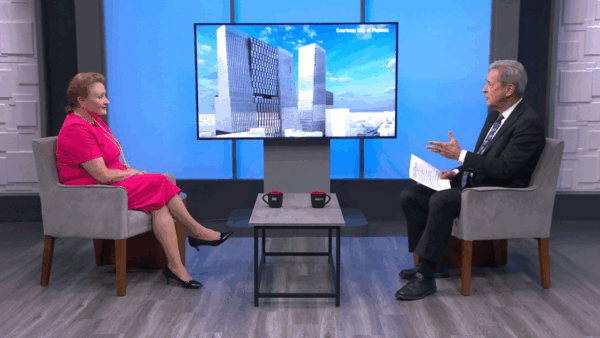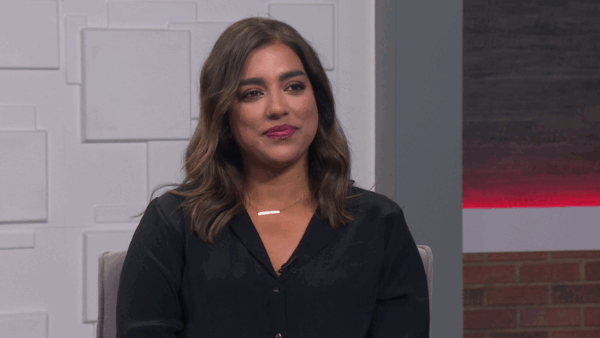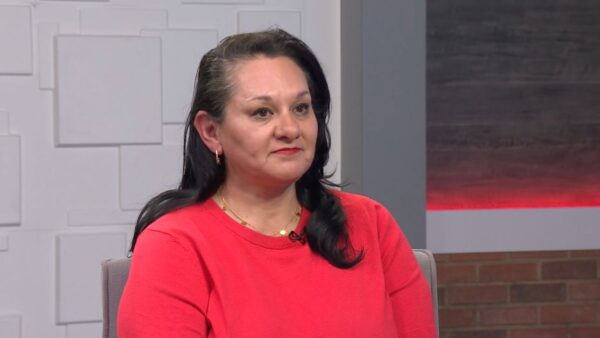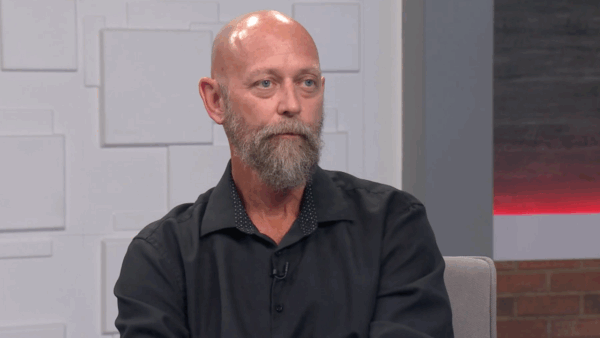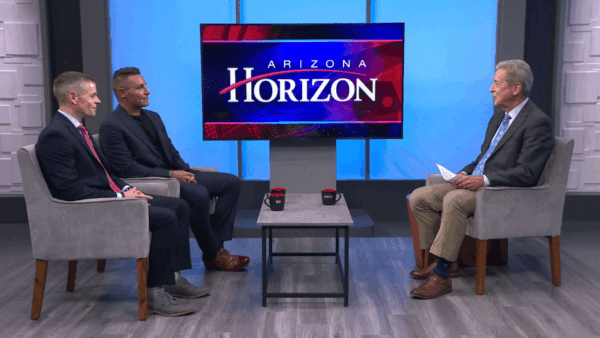When your families or administrators ask that you provide continuity of learning to your kids virtually, you step up to the plate.
By Shelly Bautista
When you tell your five-year-old kids that they’ll be out of school for two weeks as a preemptive action to maintain their safety, you wouldn’t expect those two weeks would turn into two months. Then, those two months turn into possibly the last time you’ll physically be with your class for the rest of the school year.
These are kids that I’ve spent most weekdays with: eating breakfast, chasing “aha” moments, and giving high fives, big hugs and wiggly knees before we enter or leave the classroom. I’ve been there for some of their most memorable moments at this point in their five years of life. We’ve laughed, cried, danced, sang, played, painted, hopped, skipped, jumped and oh, so much more. And when someone lost a tooth, we all searched around the classroom looking in every crayon, toy and block bin because we, as class, knew how special that was to a five year old.
So what do you do? Do you send off your students with a two week packet and hope for the best? Or when your families or administrators ask that you provide continuity of learning to your kids virtually, you step up to the plate.
Is the first step to take out your planbook and begin mapping out your online academic content? What do you do with your new normal? What does distance learning look like for our younger kids? Where do you start?
1. Reach out and Check In with Students and Parents
First and foremost, reach out to your families and check in with them. Consider using a communication platform like Seesaw that you can plug in family contact information into. Sometimes it’s not as easy as one call away. It may be more than two calls away or even the emergency contact that they listed. I know it’s out of the way and may not be part of your job, but imagine being one of those kids who has been cooped up in their home, away from their friends and stripped of their routine of learning and play. Then imagine that kid getting a call from their teacher. In my experience, tears start rollin’ down on both sides of the phone. These efforts in times like this are necessary to show your kids you care! The next step is to build your community back up.
2. Host Social Gatherings for Students to Interact with Each Other
You may want to go from interacting one-on-one with your families to allowing your kids to see and interact with each other. When picking a platform, choose one to not only build connections with parents and families but to provide students an opportunity to communicate with each other. This learning community can be accessed in two ways: live interactions and student-based interactions.
Kids at the primary age are social, so you may want to start with social gatherings. They’re low-stake opportunities for your class to build community, especially while becoming familiar with communication through an online platform. I like to let them know that it’s okay if they only want to show their face partially or that they can turn off the camera until they’re comfortable. Give your kids an opportunity to become comfortable by introducing family members and pets. Build excitement through the anticipation of what they will share the next day. Tell them to bring something from their “new classroom” to share with the class!
3. Arrange a Virtual Spirit Week
Our school put together a virtual spirit week in which students would dress up for each of our virtual gatherings. My students were so excited to see each other after a few days of being away from each other that they spent the first five minutes making silly faces in the camera and just saying hi. These are also good times to teach rules, expectations and online learning etiquette (also known as the mute button, especially for unnecessary background noises).
4. Include Parents in Learning/ Teaching Experiences
On “Whatcha Reading Day” a parent shared that she was unable to go to the library. Instead, that parent found her childhood books. Holding back tears she shared with our whole class, students and families how special it was to finally sit down with her daughter to read, teach and learn alongside her. In the corner of my screen I saw another student hold her parent’s hand out to make the sign we use to show someone that we agree. At that very moment, I realized that we were building our online community: students, parents, family members and myself. Parents began to share what they have been doing at home to support their kids’ learning. And they were great ideas!
As one parent noted:
I consider myself extremely fortunate to be able to experience students and parents co-learning. I especially love watching parents learn from their kids. Take advantage of the times that you have with family members in these gatherings as they support their kids. Include parents in the process, conversations and activities. I took all the ideas and ran with them. We decided to have a read aloud each day presented by both my student and their family member.
5. Include Opportunities for Asynchronous Participation
Not all students are going to be able to make these live social gatherings. Be mindful that many families have jobs. Some may have multiple kids with only one device. Students can still be involved by uploading videos. Provide opportunities for your kids to interview their parents, record read alouds, reflect on activities and upload them onto a classroom platform like Seesaw. You can later respond to students, praise their efforts and show them you care about them and their learning. Build connections on your online platform by allowing your kids to see, like and respond to each other’s work. Watch what this looks like in our class here.
Whether or not we return to school by the end of the year, remember that we are all in this together. Be kind to yourself, families and your students or teachers. At the end of the day, if they have a roof over their heads, food to eat and they’re safe, the next step is to have a sense of belonging. Take the time to build a sense of community and remember those kids who need to be and feel loved. Our new normal can still be together: eating breakfast, chasing “aha” moments, giving high fives, big hugs and wiggly knees virtually at home!
Thank you for your efforts!
This article was originally published on PBS Teachers’ Lounge, a source for teaching inspiration, blogs and online professional events.












